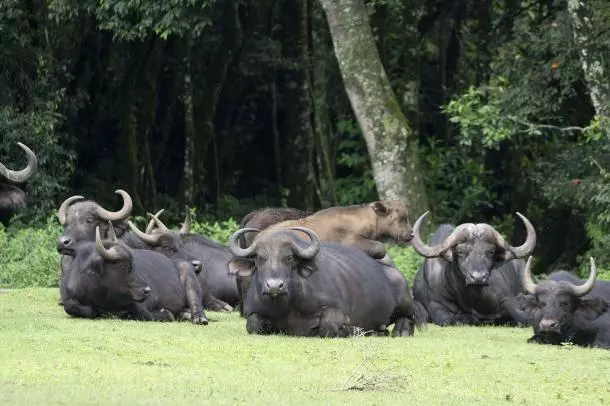Mount Elgon Transboundary Biosphere Reserve (Kenya, Uganda)
The designation of the Mount Elgon Transboundary Biosphere Reserve consolidates the water tower functions of the Mount Elgon Biosphere Reserve in Kenya (2003) and the Mount Elgon Biosphere Reserve in Uganda (2005), providing a range of ecosystem functions and supporting forests, wildlife and livelihoods in the area. Home to over 300 bird species, the site has an exceptional diversity of ecosystems as well as plant and animal species distributed across four distinct ecological zones characterized by different vegetation types: mixed montane forest, bamboo and low canopy forest, sub-alpine montane heath, and alpine moorland varying with altitude. The transboundary biosphere reserve has a population of nearly 1,150,000 that is evenly split between Kenya and Uganda. The area is inhabited by a diverse population of Sabaot, Luhya, Teso, Bagisu as well as other indigenous peoples and local communities who depend predominately on agriculture for both their livelihood and their subsistence. Communities rely on gathering forest products such as firewood, fodder, medicinal plants, vegetables, bamboo shoots, stakes, mushrooms, thatching grass and salt for their cattle. Several community conservation initiatives and programmes have been implemented as a way of securing community support for conserving the ecosystem.
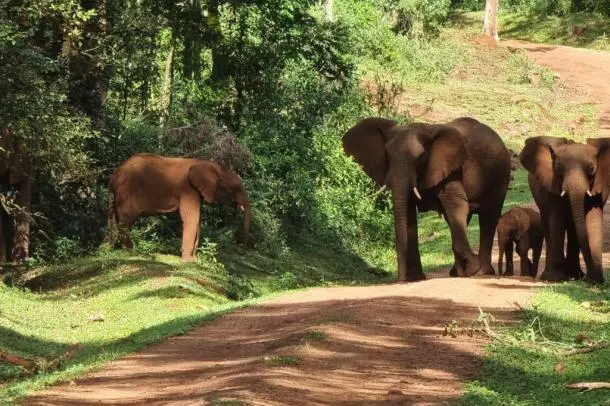
Mount Elgon Transboundary Biosphere Reserve (Kenya, Uganda) has an exceptional diversity of ecosystems as well as plant and animal species © Jacqueline Kirimii
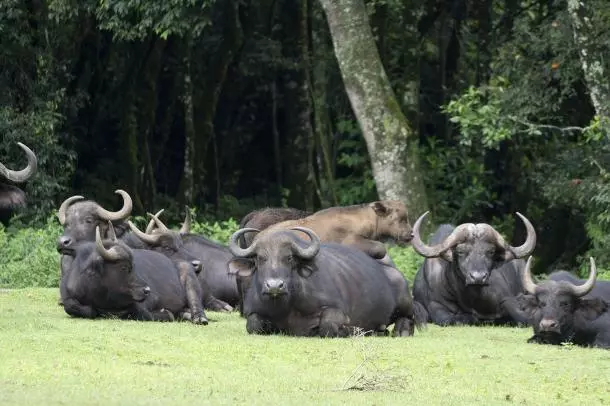
Mount Elgon Transboundary Biosphere Reserve (Kenya, Uganda) has an exceptional diversity of ecosystems as well as plant and animal species© Vera Nickel
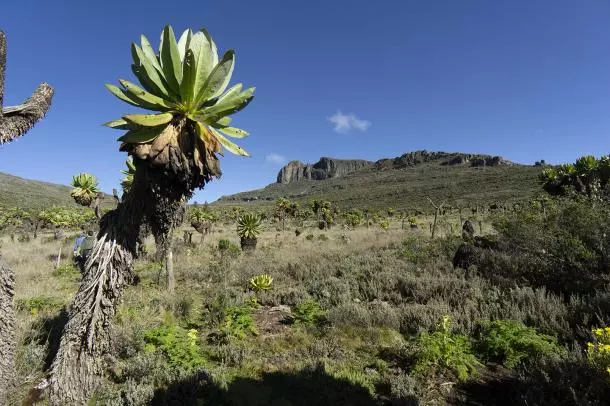
Mount Elgon Transboundary Biosphere Reserve (Kenya, Uganda) has an exceptional diversity of ecosystems as well as plant and animal species© Vera Nickel
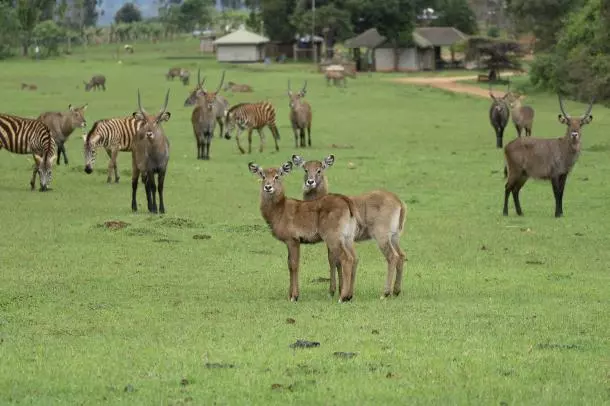
Mount Elgon Transboundary Biosphere Reserve (Kenya, Uganda) has an exceptional diversity of ecosystems as well as plant and animal species© Vera Nickel

